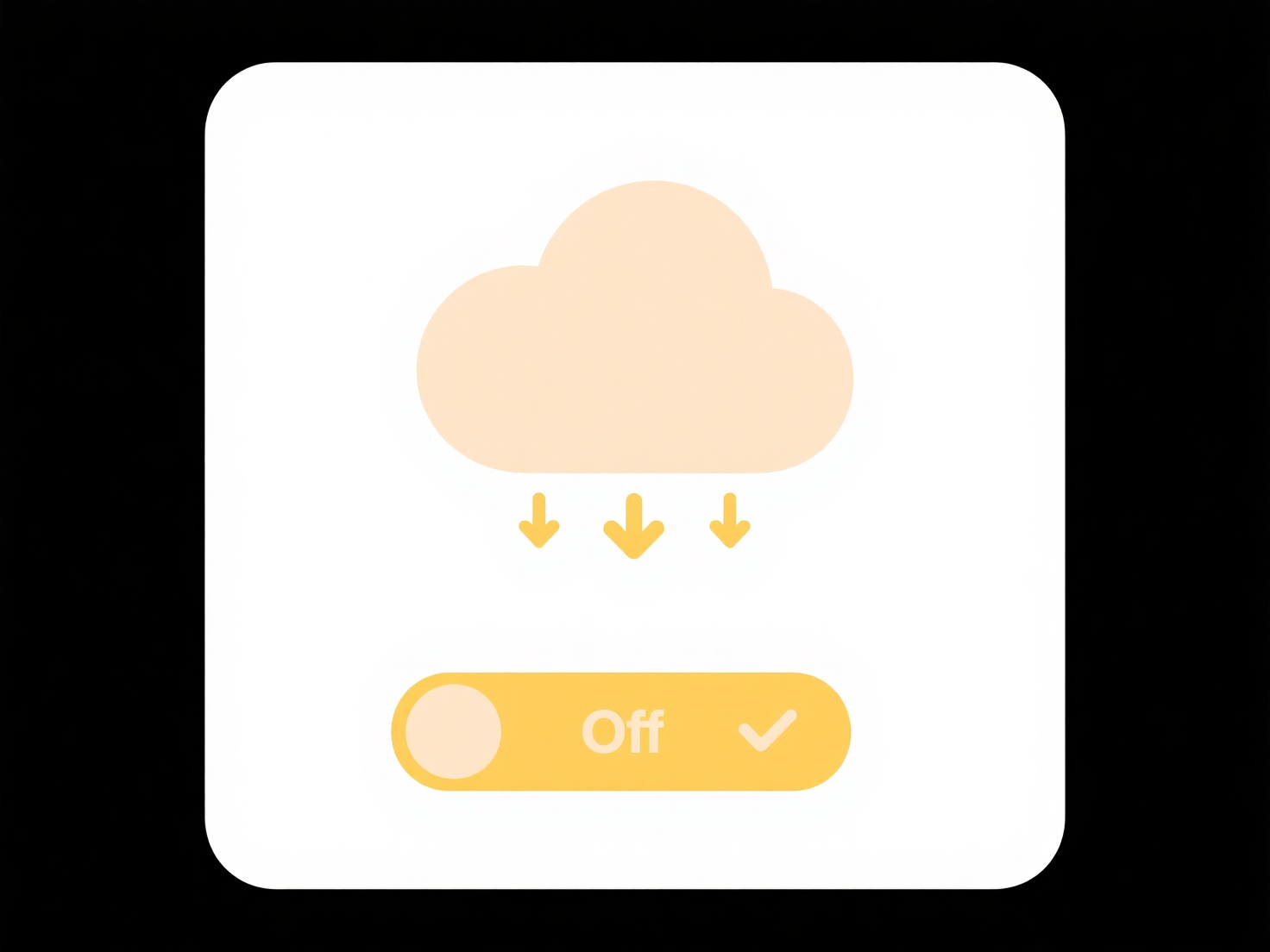
File permissions are metadata attached to files that dictate access rights for users or groups. Permissions define who can read, write, or execute a file on a specific system. Importantly, these settings are tied to the file's unique identifier within a particular file system environment and its associated user/group accounts. When you create a direct copy of a file on the same system using specific methods (like cp -p in Linux), permissions can sometimes be preserved. However, permissions themselves cannot be directly extracted and independently "transferred" like file contents; they are fundamentally tied to the file's context.
For instance, copying a file within the same Linux server using the cp -p command aims to preserve the original file's permissions. Conversely, when you copy a sensitive PDF via email or upload it to a cloud storage service like Google Drive, the permissions (e.g., restricted to specific OS users) do not carry over. The new copy on the email recipient's machine or cloud drive inherits the default permissions defined by the destination system or service, not the source file's settings.

The key advantage is that permissions provide essential access control tied to the local security environment. A major limitation is that standard file copy operations across different systems or contexts cannot maintain these settings automatically. This poses challenges during migrations, often requiring administrators to manually recreate permissions or use specialized migration tools that map accounts. Future developments focus on smarter permission inheritance within cloud platforms and enterprise tools to streamline secure transfers.
Can file permissions be transferred to another file copy?
File permissions are metadata attached to files that dictate access rights for users or groups. Permissions define who can read, write, or execute a file on a specific system. Importantly, these settings are tied to the file's unique identifier within a particular file system environment and its associated user/group accounts. When you create a direct copy of a file on the same system using specific methods (like cp -p in Linux), permissions can sometimes be preserved. However, permissions themselves cannot be directly extracted and independently "transferred" like file contents; they are fundamentally tied to the file's context.
For instance, copying a file within the same Linux server using the cp -p command aims to preserve the original file's permissions. Conversely, when you copy a sensitive PDF via email or upload it to a cloud storage service like Google Drive, the permissions (e.g., restricted to specific OS users) do not carry over. The new copy on the email recipient's machine or cloud drive inherits the default permissions defined by the destination system or service, not the source file's settings.

The key advantage is that permissions provide essential access control tied to the local security environment. A major limitation is that standard file copy operations across different systems or contexts cannot maintain these settings automatically. This poses challenges during migrations, often requiring administrators to manually recreate permissions or use specialized migration tools that map accounts. Future developments focus on smarter permission inheritance within cloud platforms and enterprise tools to streamline secure transfers.
Quick Article Links
Can I compare search results over time?
Comparing search results over time involves analyzing data from past searches to identify changes in rankings, content v...
Can I see a timeline of who accessed a file and when?
File access timelines (also called access logs or audit trails) record precisely who interacted with a file and when the...
Can I view sync history?
Sync history refers to the chronological record of synchronization events performed by an application or service. It tra...